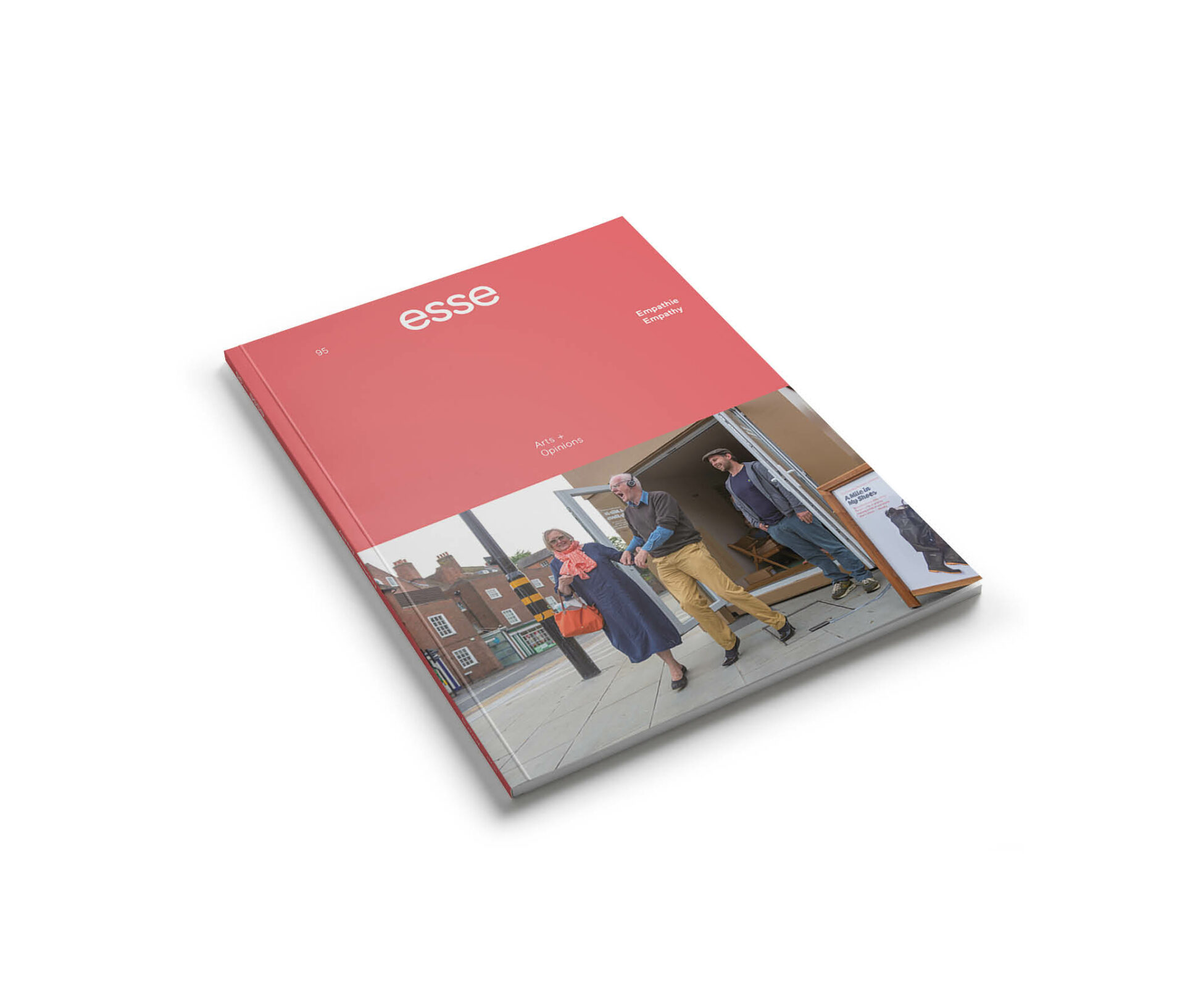
Flat Death Jest: Julia Martin’s Performatist Aesthetics of Empathy
And then, suddenly, Martin pulls us back from this contemplation by inserting a jarringly matter-of-fact email exchange between herself and the headstone engraver about the aesthetic qualities of her grandmother’s monument. Further subverting this problematic understanding of empathy through the use of jokes, she compares a photograph of a dead bird to the bird silhouette on the headstone and makes references to a television schedule for episodes of M*A*S*H, Touched by an Angel, and Walker, Texas Ranger. Throughout, she tempers the quotidian strain with humour. And yet, humour does not mask the trauma that she expresses. She uses both text and photography to convey the trauma of loss and its aftermath in a way that would be irrepresentable through either text or photography alone.2 2 - Martin’s use of appropriation and the combination of image and text is tinged with a kind of romantic irony. Jan Verwoert, “Impulse Concept Concept Impulse: Conceptual Art and its Provocative Potential for the Realisation of the Romantic Idea,” in Jorg Heiser, Susan Hiller, Collier Schorr, and Jan Verwoert, Romantischer Konzeptualismus/ Romantic Conceptualism (Bielefeld: Kerber Verlag, 2007), 169




